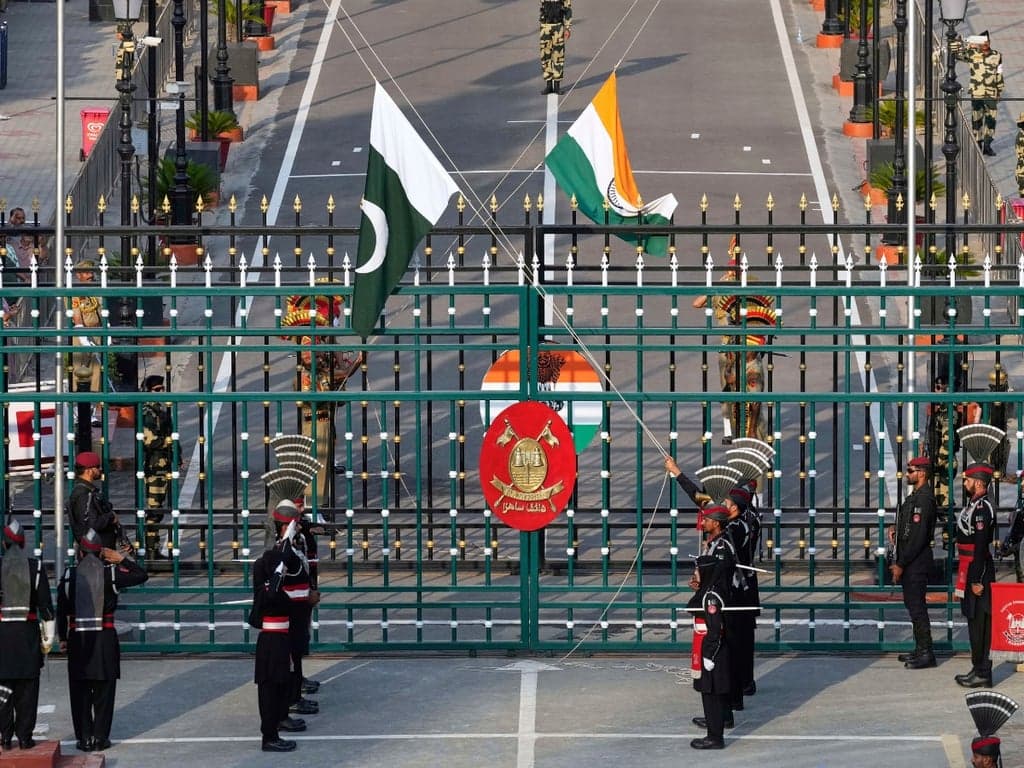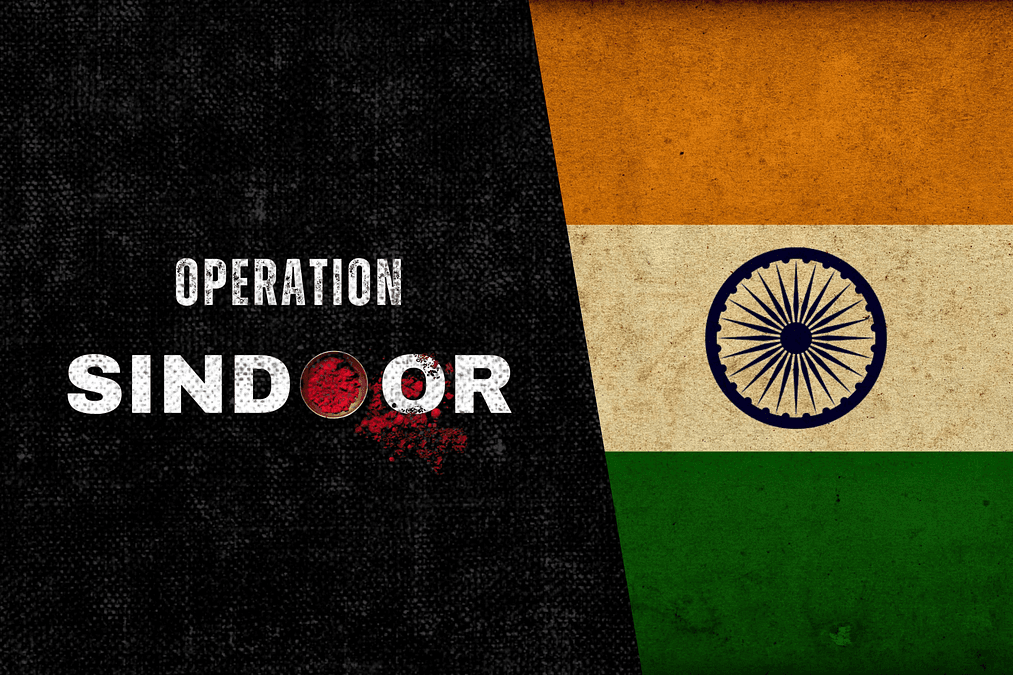 On June 13, 2025, Israel launched what it termed a “precision” military campaign against Iran’s nuclear and missile infrastructure. Over the next 12 days, over 200 airstrikes hit roughly 100 locations, including Fordow, Natanz, and the Arak heavy-water reactor. Prime Minister Benjamin Netanyahu called it a “preemptive necessity” to contain Tehran’s nuclear aspirations and missile stockpiles.
On June 13, 2025, Israel launched what it termed a “precision” military campaign against Iran’s nuclear and missile infrastructure. Over the next 12 days, over 200 airstrikes hit roughly 100 locations, including Fordow, Natanz, and the Arak heavy-water reactor. Prime Minister Benjamin Netanyahu called it a “preemptive necessity” to contain Tehran’s nuclear aspirations and missile stockpiles.
Despite the scope, Israeli officials maintained that their goal was containment, not conquest. On June 22, Netanyahu declared:
“We won’t pursue our actions beyond what is needed to achieve them… When the objectives are achieved, the fighting will stop.”
But what began as an Israeli-led tactical strike quickly spiraled into a strategic crisis, fueled by American overreach, Saudi silence, and an increasingly unrestrained President Donald J. Trump, who chose escalation over diplomacy—and legality.
A War Without Congressional Consent
On June 26, the United States unilaterally bombed a suspected Iranian centrifuge site near Yazd, deep inside sovereign Iranian territory. The attack, involving B-2 stealth bombers and GBU-57 bunker-busting munitions, was carried out without prior approval from Congress.
Multiple sources within the Pentagon and Capitol Hill confirmed that President Trump bypassed Congressional authorization, invoking a vague and outdated interpretation of the 2001 AUMF (Authorization for Use of Military Force)—a law originally passed to justify actions against Al-Qaeda.
Lawmakers from both parties were blindsided.
“There was no debate, no vote. This wasn’t self-defense—it was a rogue strike,”
said Senator Tammy Duckworth (D-IL), a member of the Senate Armed Services Committee.
“This was war by executive tweet.”
The War Powers Resolution—meant to check exactly this kind of unilateral action—was violated. Yet the administration dismissed the criticism, with Press Secretary Kayleigh McEnany (reappointed under Trump’s second term) saying,
“The President acted decisively to eliminate an imminent threat. The Constitution grants him that authority.”
But there was no imminent threat. No U.S. personnel were endangered at the time. No attack was underway. Instead, the bombing served as political theater—a strongman move aimed at cementing Trump’s image ahead of the 2026 midterms, at the cost of regional stability and international law.
Iran’s Next Move: Going Nuclear, Officially
On June 28, Iranian Supreme Leader Ali Khamenei announced that Iran would now pursue nuclear weapons openly—abandoning all remnants of the 2015 nuclear deal (JCPOA) and confirming 90% uranium enrichment at an undisclosed underground facility in Kermanshah province.
“When diplomacy is mocked and our sovereignty violated, deterrence is no longer a choice—it is a necessity.”
The decision marked a historic reversal of Iran’s longstanding public denial of nuclear weapons ambitions, and many experts traced the final trigger directly to Trump’s unauthorized bombing.
Europe, already sidelined from negotiations, expressed concern. But it was Russia and China who firmly backed Iran’s right to respond to “unprovoked aggression,” vetoing a U.S.-led condemnation at the UN Security Council.
Oil Chokehold, Saudi Silence, and Economic Fallout
The Strait of Hormuz, through which 1/5th of global oil flows, quickly became militarized. Iranian naval forces fired warning shots at two tankers, prompting Maersk, COSCO, and BP Shipping to suspend operations. Crude prices surged to \$131/barrel by June 29.
While Washington accused Tehran of “economic blackmail,” few in the region missed the hypocrisy. For decades, the U.S.—with Saudi financial backing—has exercised de facto control over Gulf oil logistics, often under the guise of “freedom of navigation.”
“This isn't Iran weaponizing oil. This is the region reacting to the consequences of 40 years of American oil militarism,”
said energy analyst Sara al-Khouri from the Doha Energy Institute.
Saudi Arabia, a silent partner in the U.S. campaign, offered no mediation, no condemnation, and no clarity on its involvement—raising questions about Riyadh’s tacit role in greenlighting the strike through backdoor channels.
Trump’s Social Media Escalation: All Caps, No Clarity
As missiles flew, President Trump took to social media, posting on June 28:
“IRAN HIT? THEY DESERVED IT. DON’T TEST US. AMERICA FIRST.”
“TEHRAN IS NEXT IF THEY MOVE AGAINST US. THE STRAIT IS OURS.”
These tweets were met with disbelief among European allies, some of whom privately expressed fear that Trump’s erratic behavior could drag NATO into an unplanned war. Others worried about a pattern: no briefings, no oversight, no restraint—just unilateral chaos.
His tone reflected the same hubris that marked previous interventions—from Iraq to Libya—where the costs were borne by civilians and stability was traded for election-season optics.
June 29: The Response from Tehran
At 3:42 AM local time, Iran launched 12 Fateh-110 missiles and dozens of Shahed drones at Al Udeid Air Base in Qatar, housing U.S. forces. Despite missile defenses intercepting most projectiles, three U.S. troops were killed, 17 injured, and the base’s radar system temporarily disabled.
Iran’s Foreign Ministry called it:
“A proportionate and targeted response to a blatant act of war carried out without Congressional or international approval.”
The U.S. military has since moved two carrier strike groups into the Persian Gulf, raising the possibility of direct confrontation.
Civilian Fallout and Airspace Closure
Iran declared its airspace off-limits to all Western carriers, prompting the FAA, EASA, and CAAC to impose Level 4 no-fly zones over Iran, Iraq, and the Gulf region.
Qatar Airways, Emirates, and Turkish Airlines suspended trans-Gulf flights
A Lufthansa flight en route to Delhi turned around mid-air due to radar interference
U.N. humanitarian aid to Syria and Yemen is now delayed, rerouted, or blocked
The civilian toll is rising, as diplomatic infrastructure collapses under the weight of military escalation.
At the UN: Deadlock and Double Standards
The UN Security Council emergency session on June 30 was predictably unproductive. The U.S. introduced a resolution condemning Iran’s retaliation—but Russia and China vetoed it, citing Washington’s flagrant violation of international law.
“A superpower cannot bomb a sovereign nation without approval and expect silence,”
said China’s UN Ambassador Zhang Jun.
The session ended without resolution. European nations called for restraint, but lacked leverage, having been sidelined from U.S. decision-making throughout the conflict.
Conclusion: Manufactured Chaos and a Shifting Order
While Israel’s initial actions may have been based on perceived existential risk, what followed—an unauthorized U.S. bombing campaign, unrestrained presidential behavior, and zero accountability from Saudi partners—has pushed the region to the brink of full-scale war.
Trump’s strike did not bring peace. It shattered international norms, weakened trust in American leadership, and accelerated Iran’s nuclear pivot.
This is not just a regional crisis. It is the unraveling of a decades-old world order built on selective enforcement, oil deals, and military might.
And it may very well be the beginning of the end for U.S. strategic credibility—not just in the Gulf, but around the world.
Written by Mukul Jangra and Aaryan Majumdar


